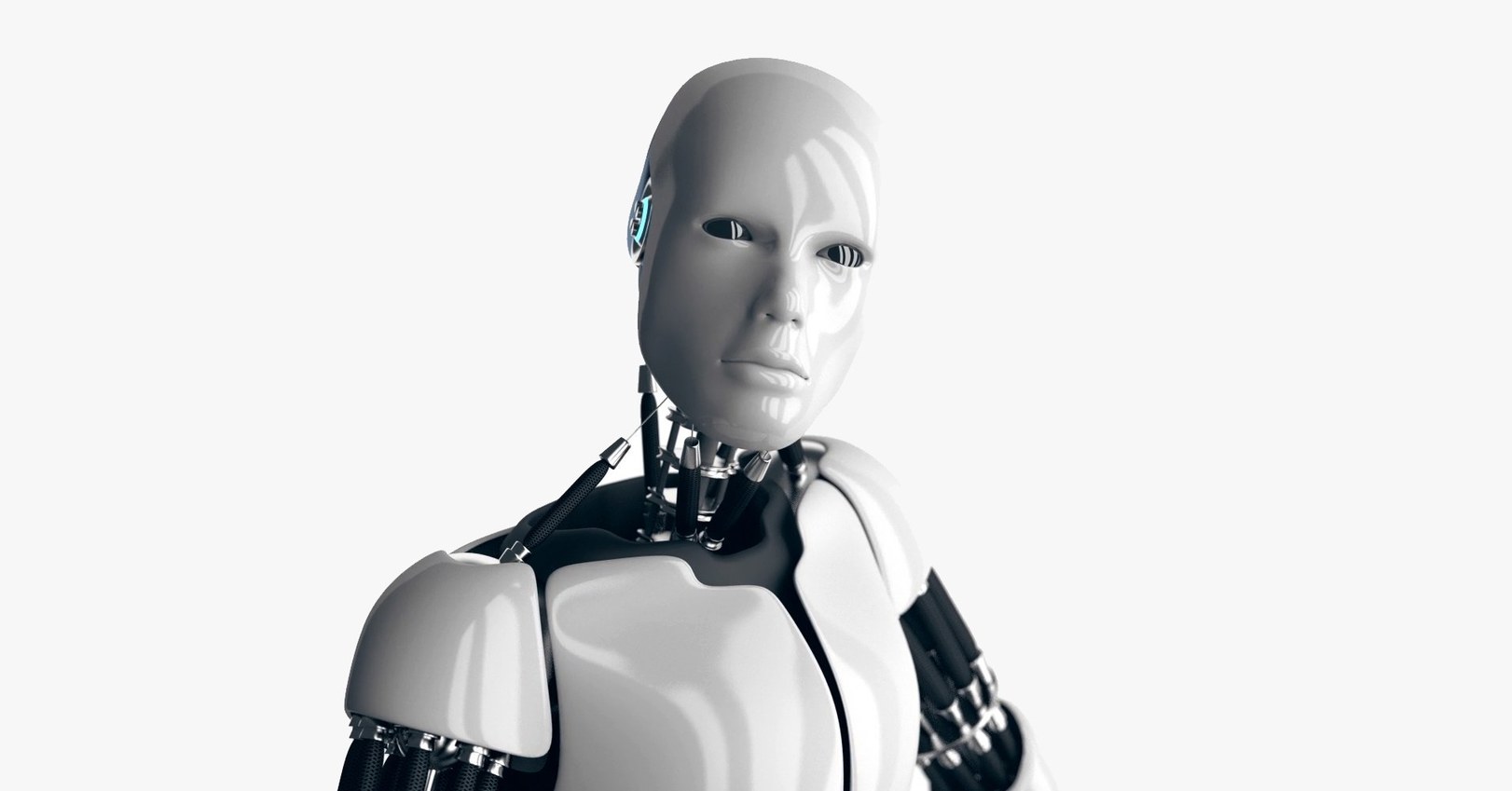When you hear the word “robot,” the first thing that probably comes to mind is a silvery humanoid, à la The Day the Earth Stood Still or C-3PO (more golden, I guess, but still metallic). But there’s also the Roomba, and autonomous drones, and technically also self-driving cars. A robot can be a lot of things these days―and this is just the beginning of their proliferation.
With so many different kinds of robots, how do you define what one is? It’s a physical thing―engineers agree on that, at least. But ask three different roboticists to define a robot and you’ll get three different answers. This isn’t a trivial semantic conundrum: Thinking about what a robot really is has implications for how humanity deals with the unfolding robo-revolution.
I’d like you to think about two drones. One you have to pilot yourself, and the other is autonomous, taking off, navigating obstacles, and landing all on its own. Are these both robots? Nope.
“I would say that a robot is a physically embodied artificially intelligent agent that can take actions that have effects on the physical world,” says roboticist Anca Dragan of UC Berkeley. According to that definition, a robot has to make decisions that in turn make it useful―that is, avoiding things like running itself into trees. So your dumb, cheapo RC quadcopter is no more a robot than an RC car. An autonomous drone, however, is a thinking agent that senses and interacts with its world. It’s a robot.
Intelligence, then, is a core component of what makes a robot a robot and not a wind-up toy. Kate Darling, a roboticist at the MIT Media Lab, agrees. “My definition of a robot, given that there is no very good universal definition, would probably be a physical machine that’s usually programmable by a computer that can execute tasks autonomously or automatically by itself,” she says. “What a lot of people tend to follow is this sense, think, act paradigm.” An RC drone can act, but only because you order it to. It can’t sense its environment or think about its next action. An autonomous drone, however, can do all three. It’s a physical embodiment of an artificial intelligence.
Sourced through Scoop.it from: www.wired.com




Leave A Comment